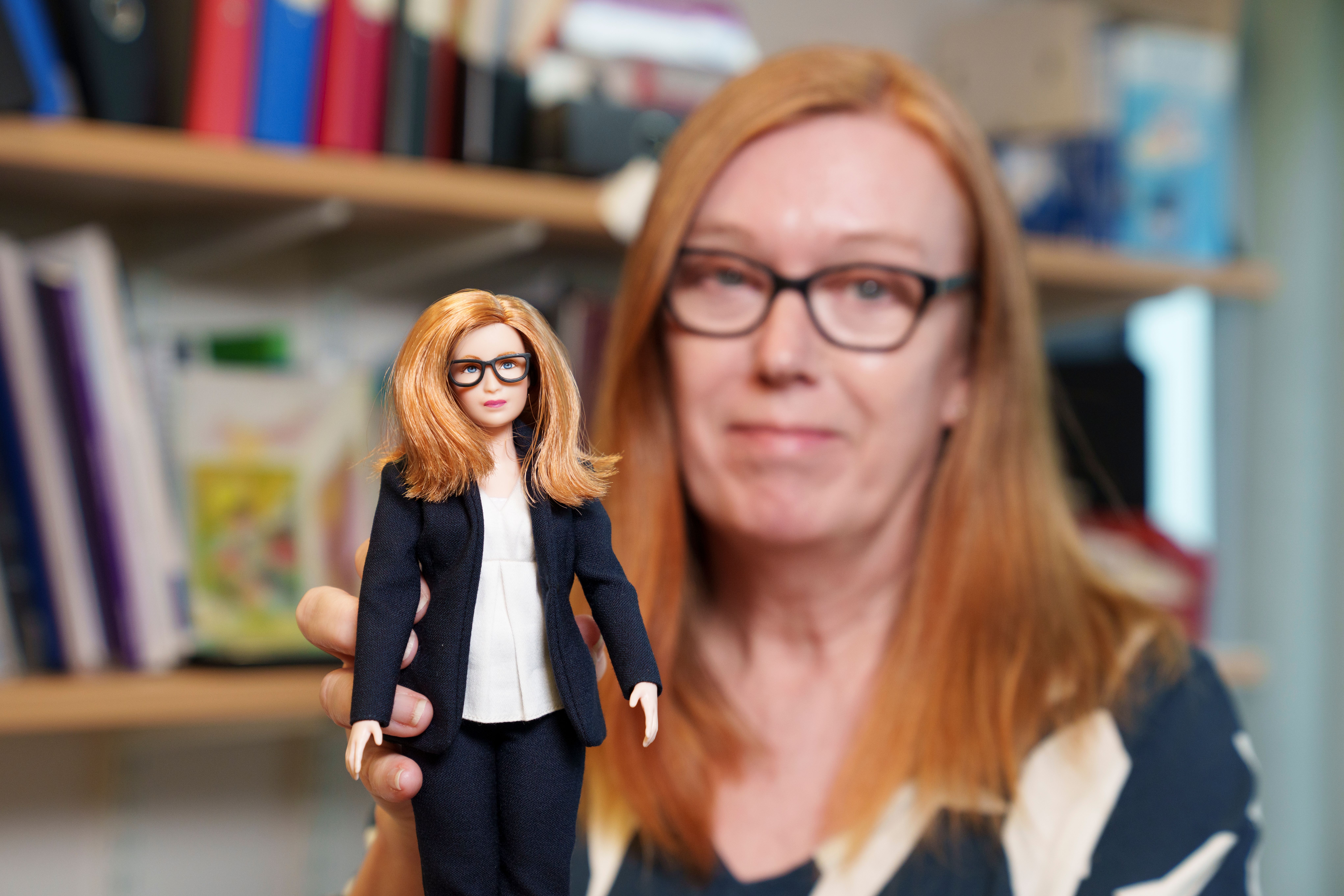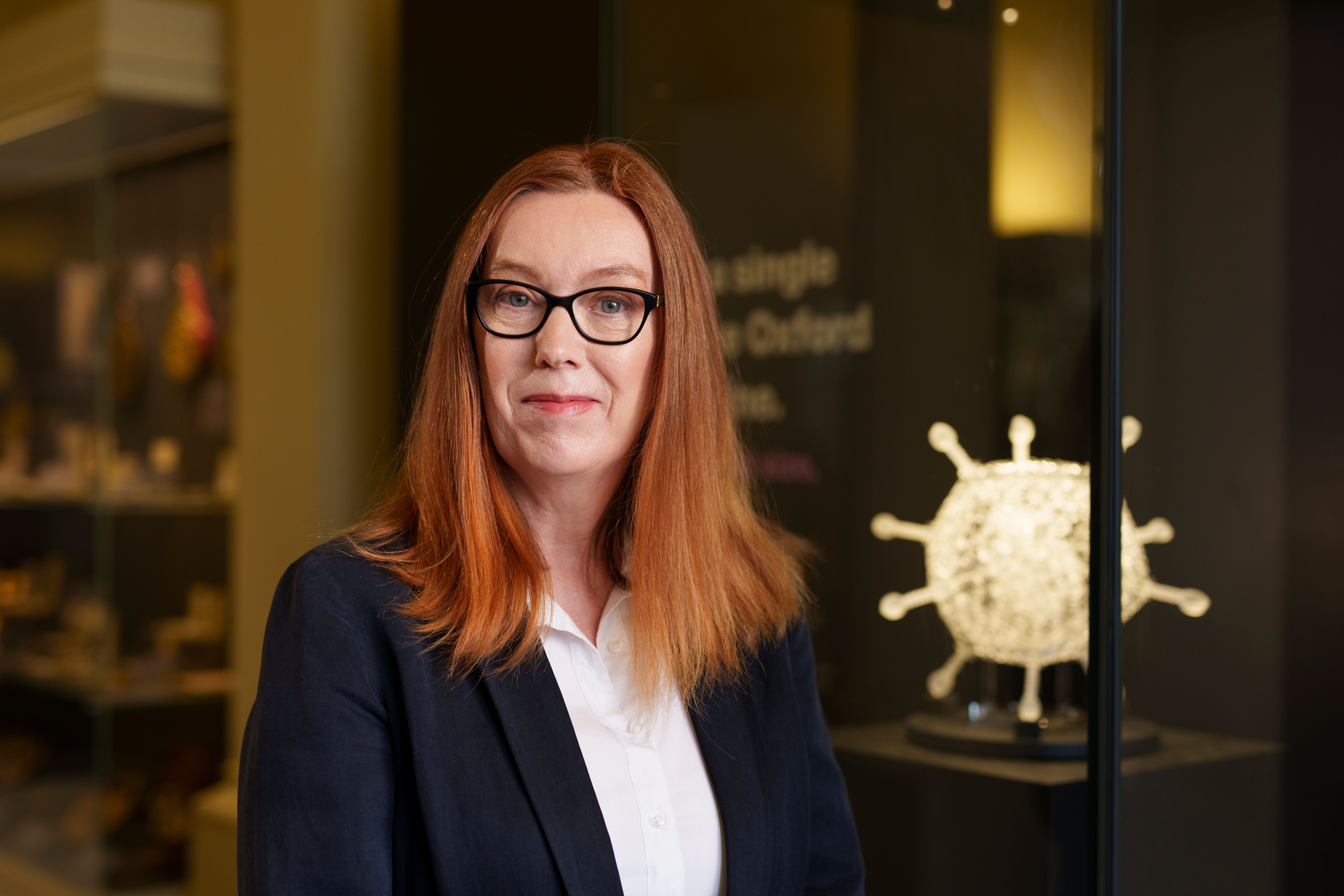Dame Sarah Gilbert, Born in April 1962, is a vaccinologist whose groundbreaking work on the Oxford AstraZeneca COVID-19 vaccine has saved millions of lives worldwide.

Andy Paradise/Shutterstock
In 1983, Gilbert graduated with a Bachelor of Science in Biological Sciences from the University of East Anglia. She then pursued a PhD at the University of Hull, focusing her studies on the genetics and biochemistry of the yeast Rhodosporidium toruloides, and earned her doctorate in 1986.
By 1994, the University of Oxford had become her professional home. When the Jenner Institute was established in 2005, Gilbert was among its founding members. Her research has played key roles in developing viral vectored vaccines that elicit strong immune responses, targeting threats like influenza, MERS, Nipah virus, and Lassa virus.
As 2020 began, a new global public health challenge emerged. Upon hearing about a mysterious respiratory illness in China, Gilbert and her dedicated team sprang into action. Leveraging their expertise with adenoviral vectors, they created the ChAdOx1 nCoV-19 vaccine to combat the emerging SARS-CoV-2 virus. Clinical trials progressed at an unprecedented pace, leading to the vaccine’s approval in the United Kingdom by December 30, 2020. Since then, over 3 billion doses have been distributed worldwide.
Gilbert was honored in 2021 as a Dame Commander of the Order of the British Empire for her services to science and public health. The same year, she received the Albert Medal from the Royal Society of Arts and the Princess of Asturias Award for Technical & Scientific Research. In a charming tribute to her impact, Mattel crafted a Barbie doll in her likeness, celebrating her as a role model for aspiring female scientists.B
Beyond the lab, Gilbert co-authored “Vaxxers: The Inside Story of the Oxford AstraZeneca Vaccine and the Race Against the Virus,” providing an intimate look into the vaccine development process.
Disclaimer: The views and opinions expressed in this interview are those of the interviewees and do not necessarily reflect the views or positions of Public Health Landscape or Valent BioSciences, LLC.
